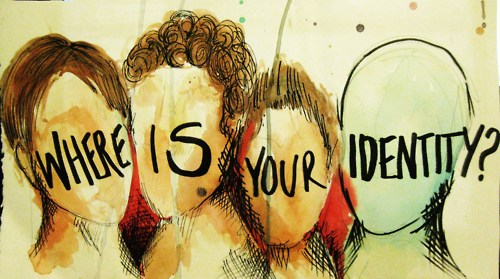In Chapter 02 of Michael Nakkula and Eric Toshalis' book, "Understanding Youth: Adolescent Development for Educators," Identity in Context, Nakkula and Toshalis discuss influential theories of adolescent identity development and explanations behind potential behaviors, thoughts, and feelings in adolescents. They present Erik Erikson's theory that was referred to as "psychosocial." It consists of eight stages that each consist of a "specific crisis that must be resolved in order to increase the likelihood of healthy development in subsequent stages," (Nakkula and Toshalis, 2010).
Nakkula and Toshalis also share the four different identities described in James Marcia's notion of commitment and Erikson's crisis combination of identity statuses. "Statuses describe the dominant issues, concerns, or developmental experiences during a particular era of one's life, and they may or may not be preceded or followed by other specific statuses," (Nakkula and Toshalis, 2010).
- Foreclosed Identity: When an individual chooses (or is committed to) a life direction or way of being without considering other directions or fully understanding the direction chosen
- Diffuse Identity: When an individual is neither committed nor experiencing a crisis of any particular identity
- Identity Moratorium: This identity is when an individual actively explores different roles, beliefs, relationships, and behaviors, but does not make any kind of commitment.
- Achieved Identity: This is when an individual is no longer experiencing an identity crisis and is committed to a particular, unique identity
"We have an opportunity to revisit the decisions we made as adolescents as we interact daily with those making them now-- to help co-construct the adolescents as they help co-construct us--does
more than just 'keep us young'; it keeps us aware
of the extent to which we are always in the process of becoming. If we attend to this fact with compassion and persistence, we will be doing our identity work in schools in ways that support the development of our students as well as ourselves."
-- Nakkula and Toshalis
-- Nakkula and Toshalis


No comments:
Post a Comment